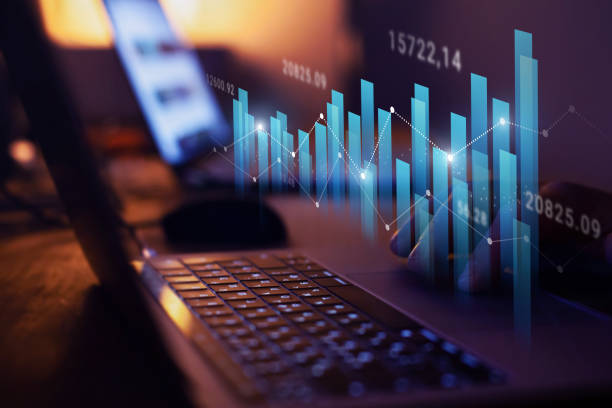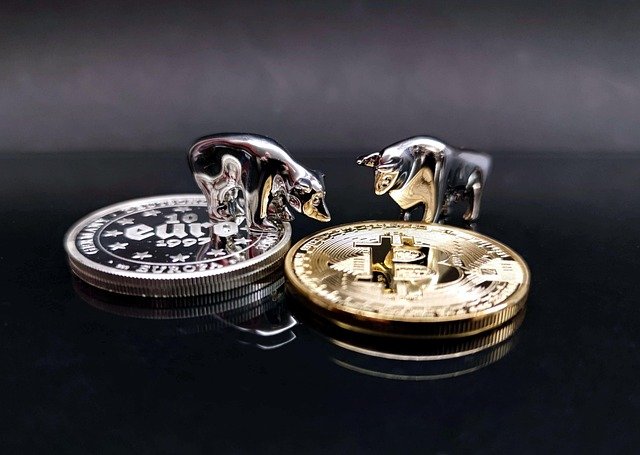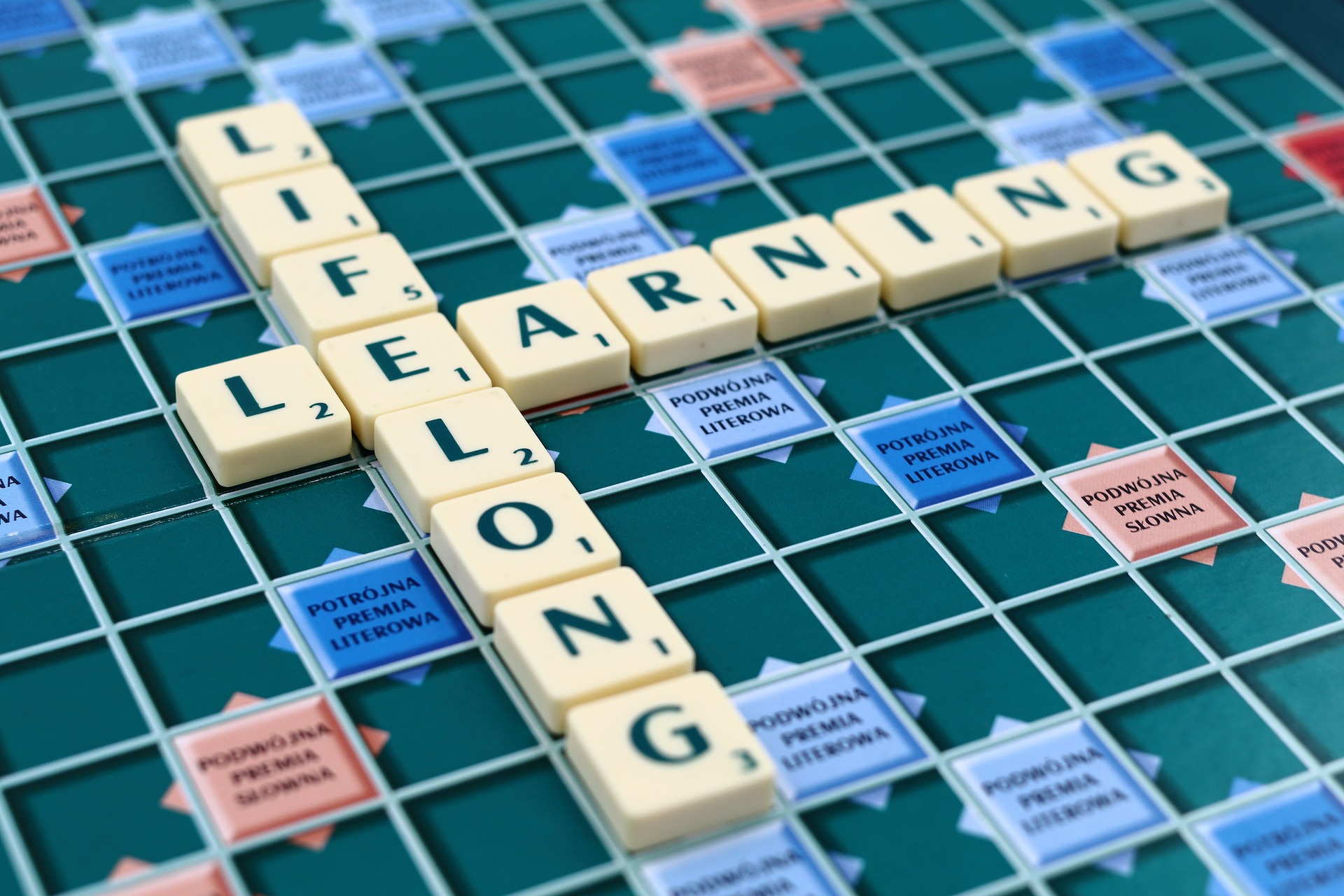The Unseen Potential of Digital Art in the Modern Age
In a world where technology is increasingly integrated into every aspect of our lives, a fresh phenomenon is taking root in the world of art. Digital art is becoming a dominant force, pushing boundaries and redefining our perception of creativity. In this article, we'll delve into the origins, current trends, and future potential of this burgeoning artistic movement.
The Birth of Digital Art
Digital art can trace its roots back to the 1960s, an era marked by rapid advancements in technology and a growing interest in exploring its artistic applications. Early pioneers in this field began experimenting with computers, using them as tools to create and manipulate visual art. Despite initial skepticism, these artists persisted, laying the groundwork for the digital art we see today.
The Modern Digital Art Landscape
In recent years, digital art has exploded onto the mainstream art scene, transforming from a niche interest into a widespread phenomenon. The advent of social media platforms and digital galleries has provided artists with global exposure, enabling them to share their work with audiences far beyond traditional gallery spaces. Furthermore, the rise of digital art tools like Adobe Photoshop and Procreate has democratized the art-making process, making it accessible to people of all skill levels.
The Impact and Reception of Digital Art
Digital art has not only changed the way we create art but also how we consume it. Gone are the days when art was confined to museums and galleries. Today, we can access and appreciate art from the comfort of our homes, thanks to online platforms and digital exhibitions. This has resulted in a significant shift in the art market, with digital art pieces fetching astronomical prices at auctions. The recent sale of a digital artwork by Beeple at Christie’s for a staggering $69 million is a testament to this trend.
The Future of Digital Art
The future of digital art looks promising, with new technologies like virtual reality, 3D printing, and blockchain opening up exciting possibilities. For instance, the rise of NFTs (Non-Fungible Tokens) has introduced a new way for digital artists to monetize their work, providing them with greater financial security. Additionally, these emerging technologies are pushing the boundaries of what is possible in digital art, paving the way for more immersive and interactive art experiences.
Conclusion
Digital art is more than just a trend—it’s a powerful movement that’s redefining our understanding of art and creativity. By embracing technology and innovation, it is breaking down barriers and democratizing art, making it more accessible and exciting for everyone. As we move forward in the digital age, we can expect to see even more groundbreaking developments in this dynamic field of art.






